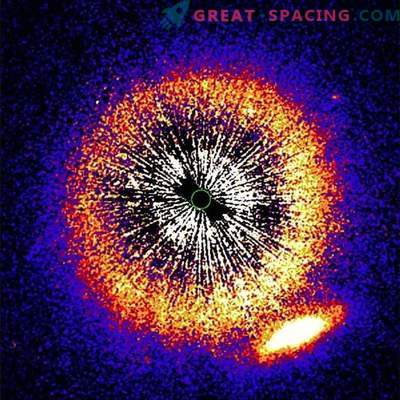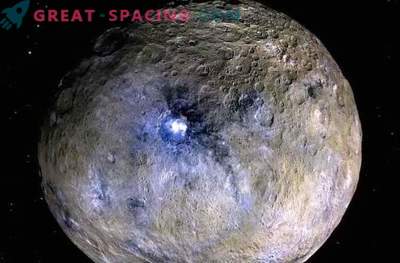
The neighboring planet Mars, captured by the NASA Hubble Space Telescope in 2016
New research using decades of data from Mars Express revealed clear signs of a complex Martian atmosphere functioning as a single interconnected system. Moreover, the processes occurring at low and medium levels, affect those observed above.
Understanding the Martian atmosphere is a key topic in planetary science. The atmosphere of the Red Planet constantly seeps into space and is an important factor in the topic of the search for life. The planet has lost most of its once dense and humid atmosphere, becoming a dry world. But even the remnants demonstrate a complex system.
The new analysis attempted to provide clear evidence of the relationship between the upper and lower atmospheric layers. Scientists have used the MARSIS radar for more than 10 years to track the number of electrons in the upper atmosphere during different seasons in different Martian areas, as well as at a different time of day.
The volume of charged particles in the upper Martian atmosphere at a level of 100–200 km varies with seasonal and local time, which is explained by changes in solar lighting and activity. But scientists have discovered more changes than they expected. They noticed a significant increase in the number of charged particles in the upper atmosphere in the spring in the northern hemisphere, when the mass in the lower atmosphere grows and the ice sublimates from the north polar cap. The polar caps of the Red Planet are represented by a mixture of water ice and frozen carbon dioxide. Every winter, up to one third of the mass in the atmosphere condenses, forming an ice layer at each pole of the planet. In the spring, part of the mass in caps is sublimated to reunite with the atmosphere. It was believed that the sublimation process only affects the lower layer. But it turned out that the effects clearly extend to higher levels.
The finding proves that the Martian atmosphere behaves as a single system. This can potentially help researchers understand how the atmosphere evolves over time. And this concerns not only external disturbances, like space weather and solar activity, but also internal changes and surface processes.
Understanding the complex Martian atmosphere is one of the key objectives of the Mars Express mission, rotating in orbit of the Red Planet since 2003.











































